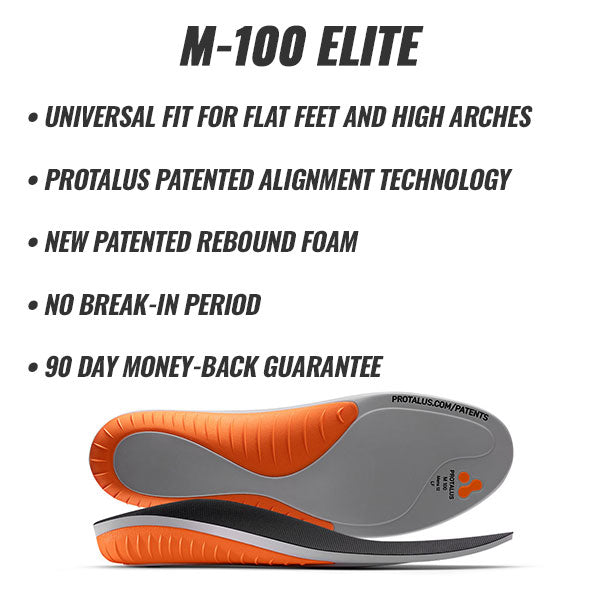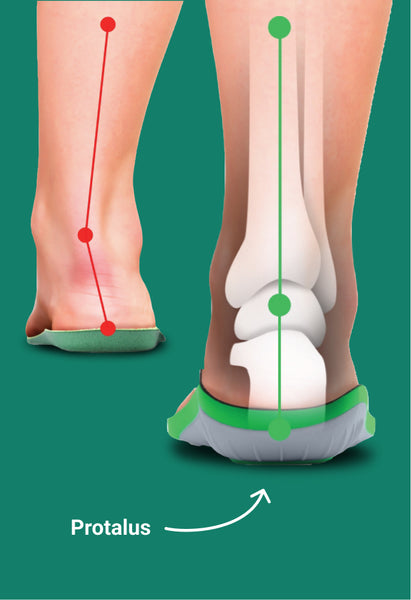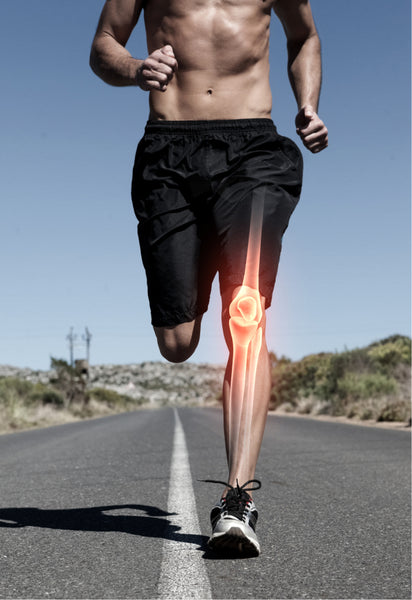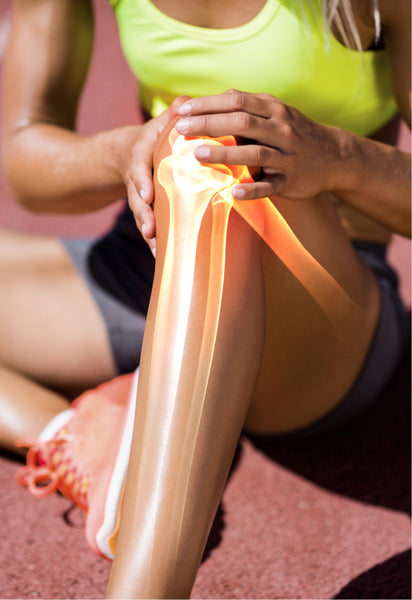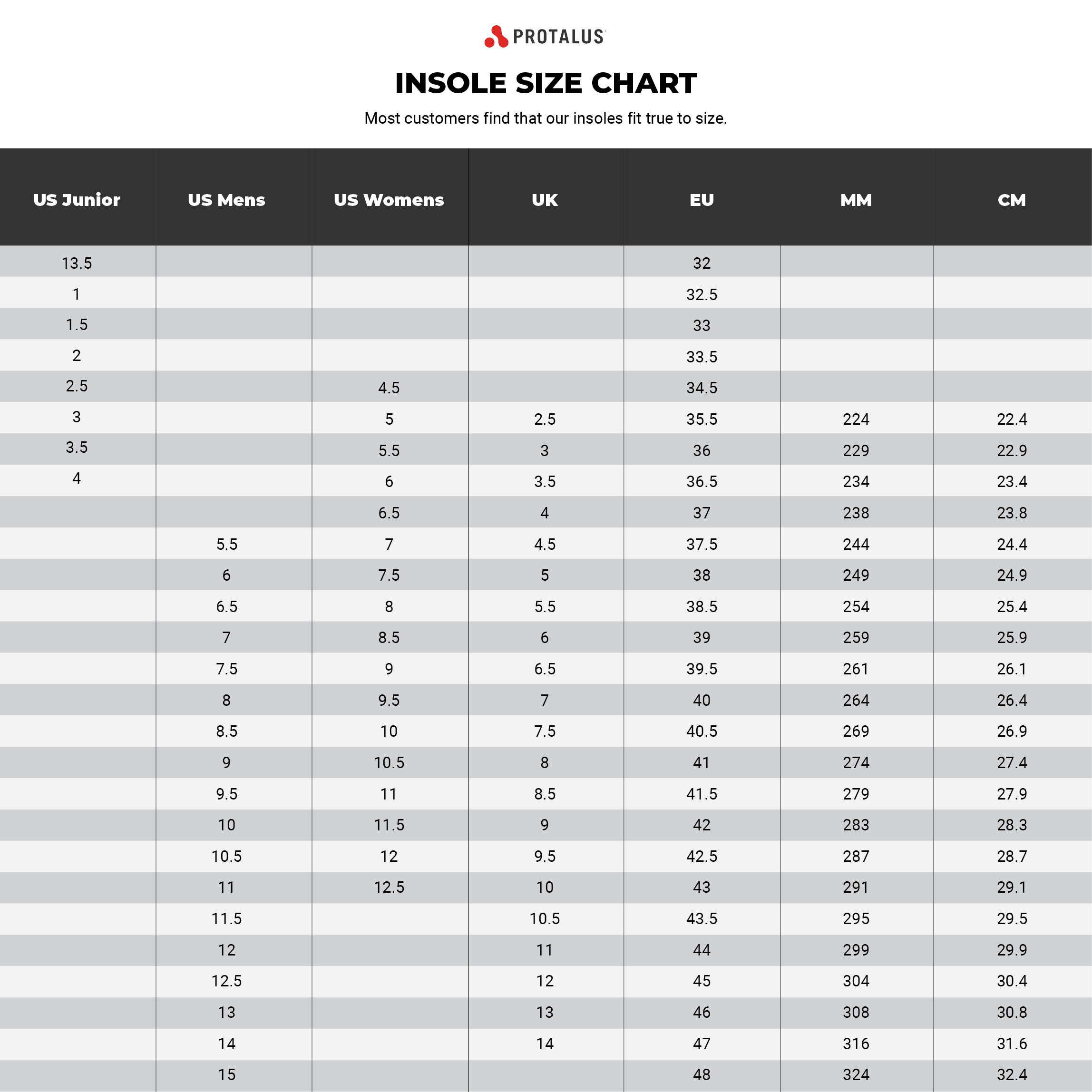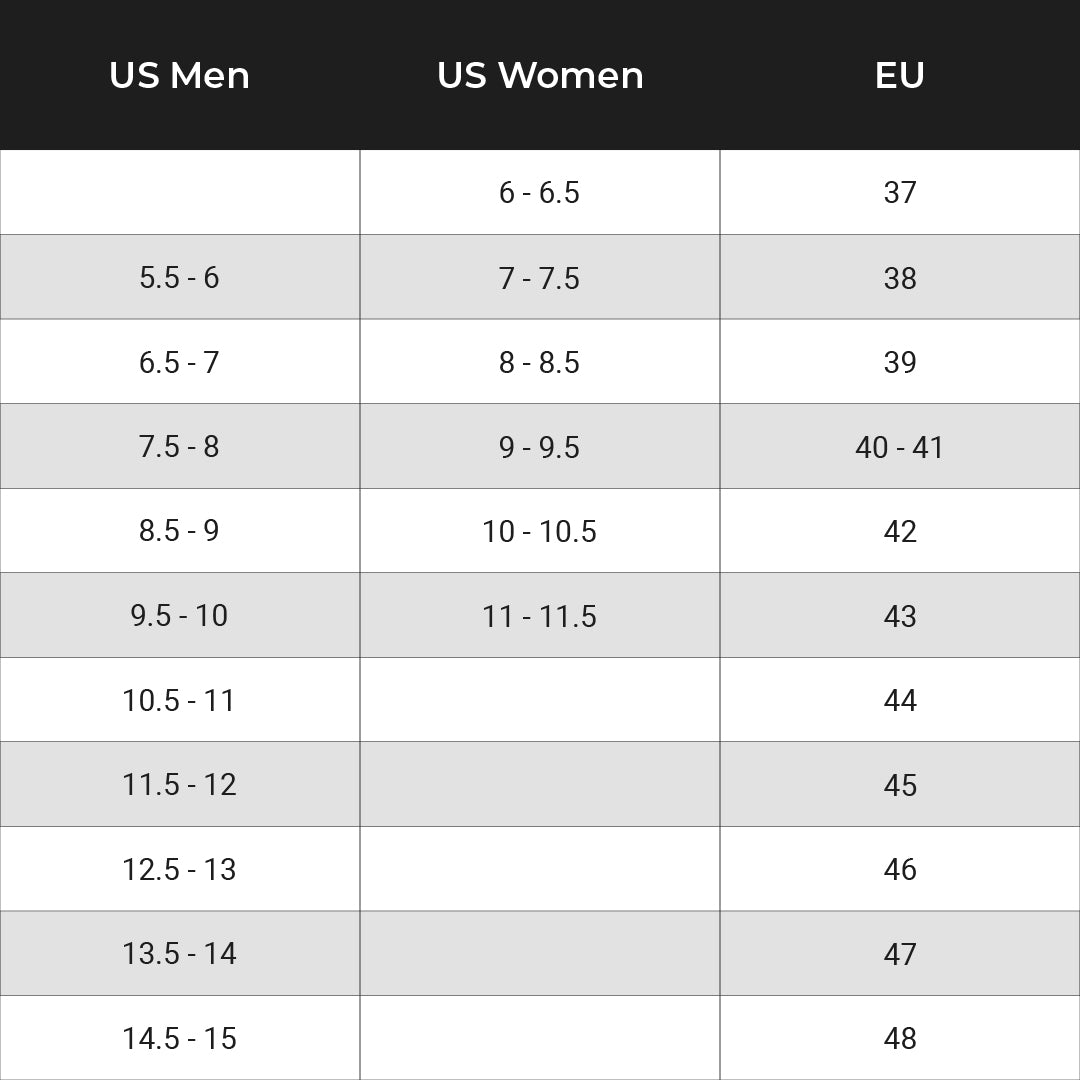Shin Splints
Shin Splints
For runners, shin splints can be very common. Also known as medial tibial stress syndrome (MTSS), shin splints are caused by stress on your shinbone and the tissues that connect the muscles to your bone. They tend to crop up when there is a change in activity such as beginning an exercise routine, changing to a more intensive exercise routine, or a lack of proper rest between exercise sessions. They can also be related to running with flat feet or collapsed arches. Having to rest the body and take a break from exercising due to shin splints can be discouraging, especially for someone who may have just gotten motivated to begin exercising for the first time in a long time. However, it is important that the body is given time to heal, as continued stress on the injury could cause it to get worse.

Diagnosis
Because shin splints are so common, people often feel confident in diagnosing themselves. This is not always the best idea since other, more serious injuries can sometimes look similar to shin splints. If you have a throbbing pain in your shins during your run, it might be the stress and inflammation of shin splints, but it might also be caused by small fractures. It is important to see a doctor to get a correct diagnosis so that you can be treated properly before returning to strenuous activity.

Treatment
The first and most important step in treating shin splints is to rest the body. It can be difficult to take a break from an exercise routine. People new to an exercise routine may even feel defeated or as if exercise is not for them. But this is simply not the case. Even seasoned athletes can experience this injury. As with any injury, shin splints just need to heal properly before activity can be resumed. Icing the shins soon after the injury takes place can help with inflammation and over the counter pain management medications such as acetaminophen can help with the pain. If the shin splints were caused by flat feet, adding a supportive shoe insole can improve the conditions for the foot during exercise and help prevent shin splints. You’ll be ready to get back to your activities when you can jog and jump without pain. After recovering from shin splints, it is important to give your body a chance to rest in between exercise sessions as well as stretch and warm up before exercising. While shin splints may sideline you for a short time, they don’t have to keep you on the bench forever.
Sources:
Shin splints. (2019, September 17). Retrieved July 07, 2020, from https://www.mayoclinic.org/diseases-conditions/shin-splints/symptoms-causes/syc-20354105
Wheeler, T. (2019, December 08). Shin Splints: Causes, Treatment, Recovery, and Prevention. Retrieved July 07, 2020, from https://www.webmd.com/fitness-exercise/shin-splints
Recommended Posts
Saying Goodbye to Leg and Foot Pain: The Power of Insoles
by Anna Heston • July 23, 2020Kick leg and foot pain to the curb with the proper shoe insoles! Discover relief now!
How Plantar Fasciitis Sufferers Find Comfort with Insoles
by Anna Heston • July 23, 2020Say goodbye to leg & foot pain! Insoles like Protalus T-100 offer relief, support & comfort.
Flat Feet: What It Really Means for Your Feet and Body
by Anna Heston • July 23, 2020Flat feet? Discover the challenges and relief with Protalus insoles! Say goodbye to pain, improve stability, and boost performance. Read more!







